Top Seller
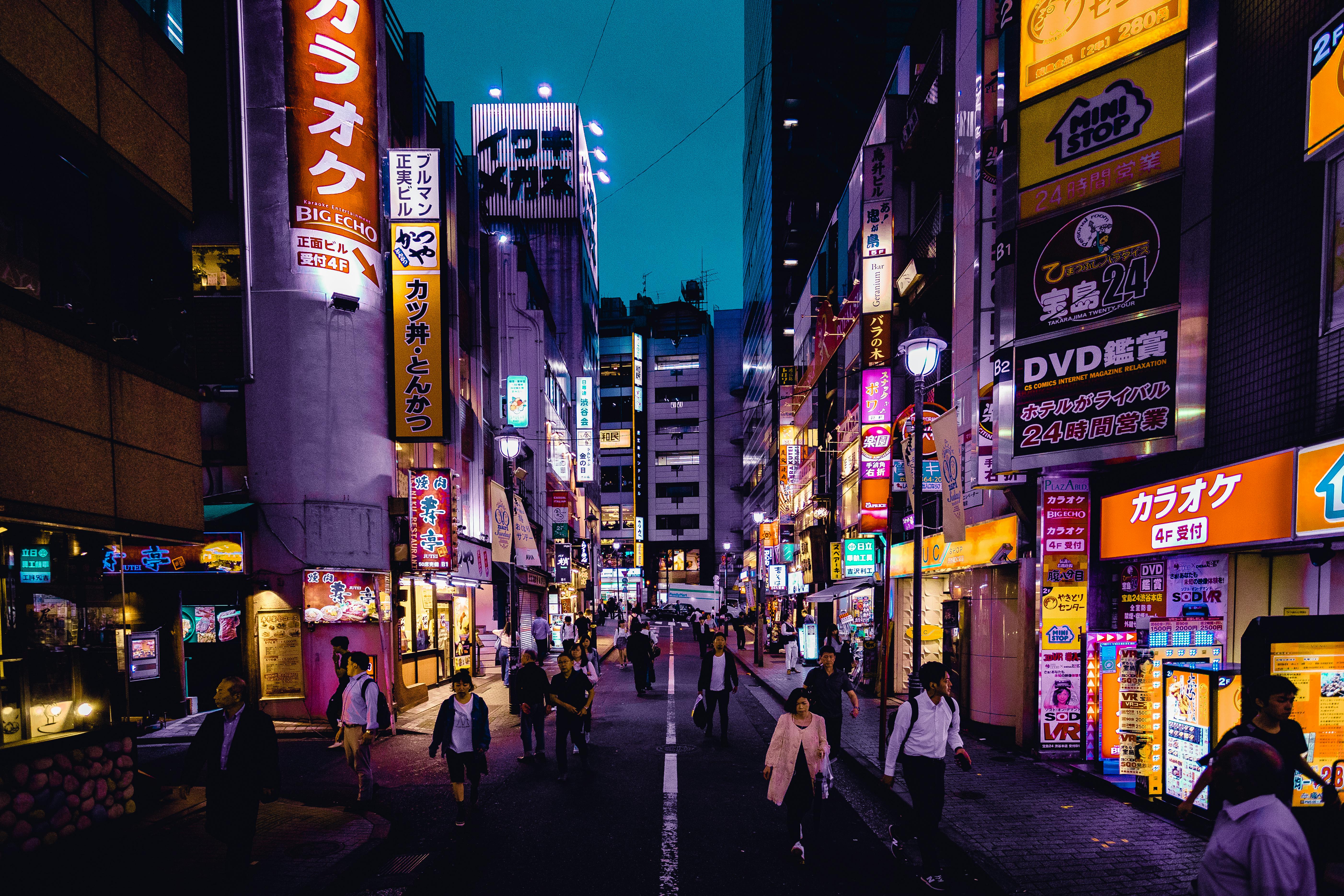
The Ultimate Guide to Solo Travel in Japan
In this post...
- The Importance Of Staying Connected in Japan
- Navigating Japan’s Transport Like a Pro
- Where to Stay as a Solo Traveller in Japan
- Solo Dining in Japan: No Reservation, No Problem
- Top Things to Do Solo in Japan
- Cultural Tips Every Solo Traveller Should Know
- How to Stay Safe in Japan
- Other Insider Tips for a Smooth Solo Trip
Planning your next solo trip? Japan is a great choice. You’ll find everything from busy cities full of bright lights to quiet towns with old temples. It’s easy to travel around, the locals are friendly, and it’s consistently ranked as one of the safest countries in the world.
The Importance Of Staying Connected in Japan
When you’re travelling solo in a foreign country like Japan, it’s more important than ever to stay connected. Google Maps is a must for navigating the streets, while Google Translate will be a lifesaver when you’re chatting with locals or deciphering street signs. You can find free WiFi in train stations, fast food places, and some shops, but it won’t always be there when you really need it.
SIM card vs. eSIM
Today, eSIM makes things easier. It uses the same fast internet as a local SIM or Pocket WiFi, but you don’t need any extra device. You can set up a data plan before you even land in Japan. No rentals, no SIM cards to change, and no store visits. It’s great for solo travelers, digital nomads, or anyone who wants to travel light.
Get a Japan eSIM plan to have mobile data at your fingertips 24/7.
Unlike expensive international roaming plans with limited data, local eSIM plans like AU by KDDI give you better value, faster speeds, and coverage that actually works across Japan.
Plus we’re the only place in Europe where you can get AU Japan eSIM plans. You can choose from a wide range of unlimited eSIM plans depending on how long you’ll be staying. 👇
AU Unlimited eSIM for 7 Days
AU Unlimited eSIM for 10 Days
AU Unlimited eSIM for 15 Days
Japan is known for its fast and efficient transportation network. With a bit of knowledge, you’ll be getting around like a local in no time.
IC Cards
IC cards are prepaid, reloadable cards that you can use to pay for public trains, subways, and buses in Japan. There are 10 major IC cards that are compatible with each other, so you only have to get 1 to travel in major cities like Tokyo, Osaka, Nagoya, Kyoto, and Fukuoka. Suica, Pasmo, Icoca, and Pitapa, are a few of the common ones. Pro tip: add your IC card onto your digital wallet for easy access.
Japan Rail Pass
If you plan to visit several cities in Japan, think about getting a Japan Rail Pass, also called a JR Pass. It lets you ride trains as much as you want for 7, 14, or 21 days, including the fast Shinkansen bullet trains.
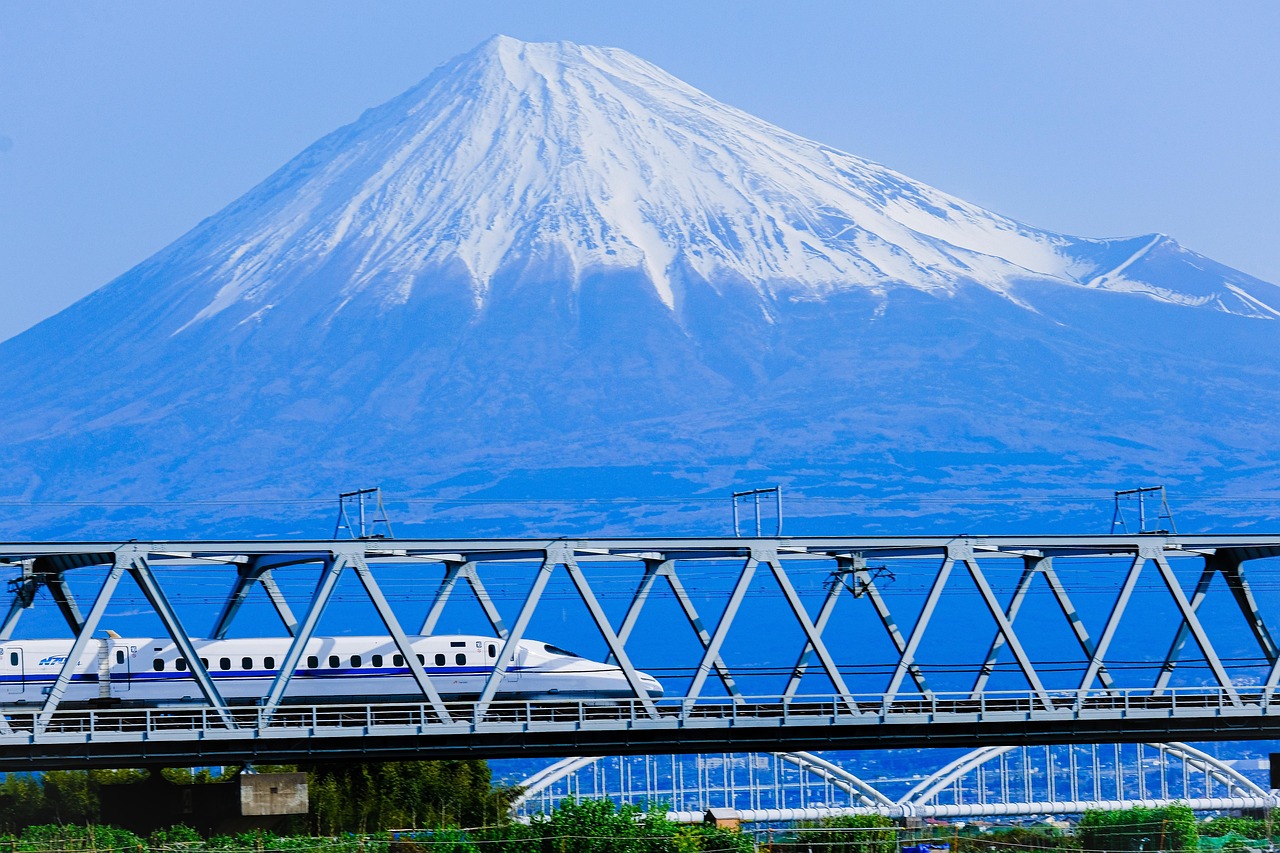
Japan’s Subway
In Japan’s larger cities, subways are the best way to get around. While the maze of subway maps may look intimidating, they don’t have to be. With an IC card and Google Maps, you can navigate the subway system like a pro. Subway stations will often have signs in Japanese and English, and Google Maps will even tell you what platform you need to be on.
Travelling to Rural Areas
Some rural areas in Japan may be less accessible by public transportation, so plan your route in advance. Check Google Maps and review the timetables so you’re not stuck waiting for a bus that never comes.
Where to Stay as a Solo Traveller in Japan
Japan is packed with all types of accommodation for every traveller and budget.
Hostels: Affordable accommodations shared with other travellers. Perfect for solo travellers looking to socialize and meet other people.
Capsule hotels: Budget-friendly places to sleep with shared bathrooms and showers.
Perfect for solo travellers just looking for a private place to sleep at the end of the night. (Just make sure you’re not claustrophobic.)
Business hotels: Clean and simple rooms with private bathrooms. Great for solo travellers who prefer privacy without breaking the bank.
Minshukus: Simple but traditional family-run lodgings that also include meals. Ideal for solo travellers looking to experience local life in a Japanese family’s home.
Ryokans: Traditional Japanese-style inns that give you an authentic taste of Japanese culture. Think: tatami mats, Japanese-style baths, and traditional Japanese meals. Remember to book your stay in advance – through the ryokan’s website, hotel booking engines, or by phone (if you can speak Japanese).
Solo Dining in Japan: No Reservation, No Problem
Don’t worry about eating alone, especially in Japan. You can sit at ramen bars with single booths, grab sushi from a conveyor belt, or sit at the bar in a cozy izakaya. Eating alone can even make it easier to get a seat, especially if you go at quiet times.
And for those midnight munchies? Don’t miss the many vending machines and convenience stores in Japan. Even at places like 7-11, you’ll find tasty treats like Japanese onigiri, fluffy sandos, and tasty bento boxes.
Top Things to Do Solo in Japan
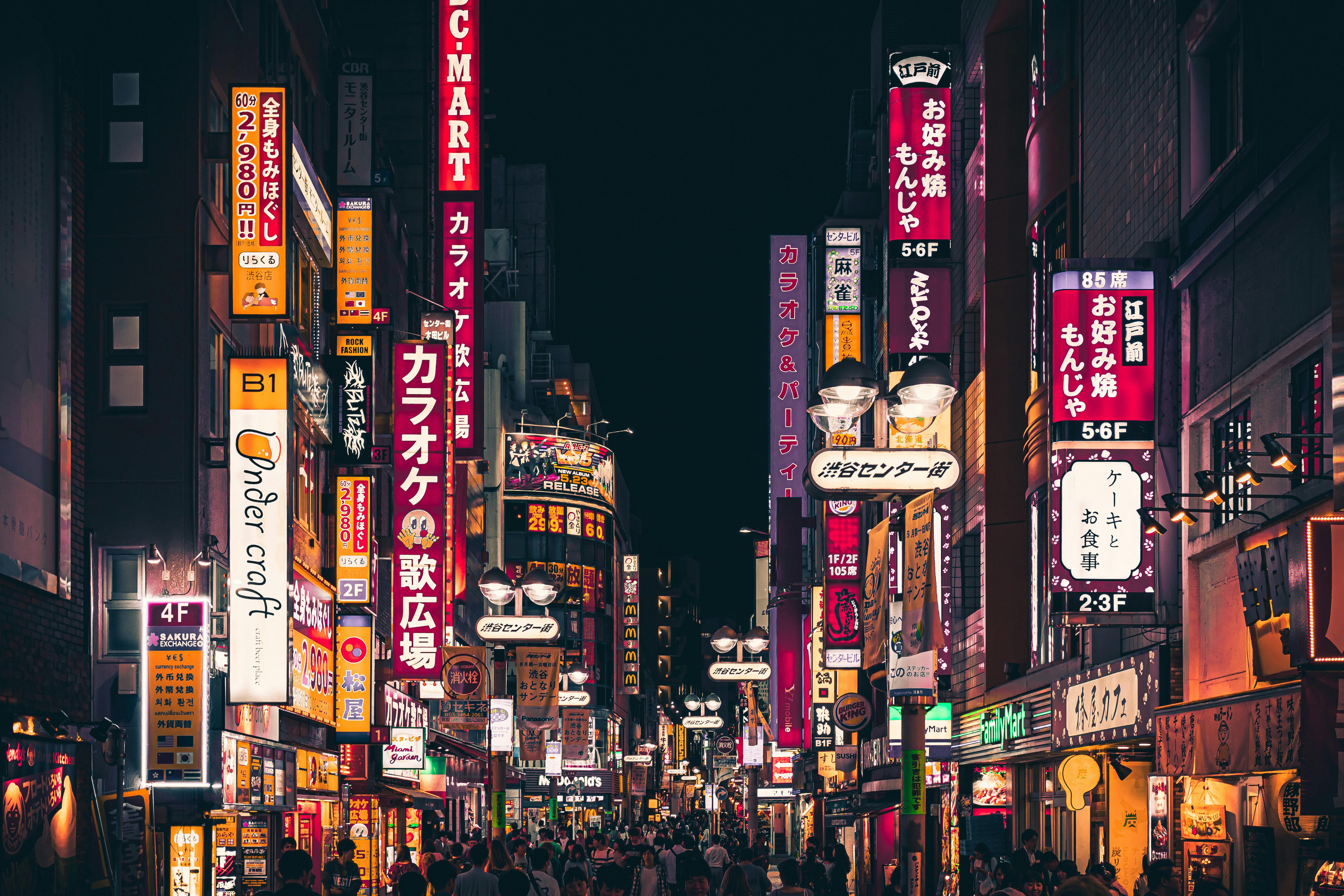
Not sure what to do on your solo trip to Japan? Here are some our top picks:
Explore the Big Cities
Travelling solo means you can explore Japan’s biggest cities on your own terms. Get lost in Tokyo’s neon-soaked streets, discover Osaka’s bustling food scene, and take in Kyoto’s serene temples and gardens. No itinerary required.
Relax at an Onsen
Onsens, or natural hot springs, are an ideal place to get some R&R on your solo trip.
From resort towns to ryokans, onsens can be found all over Japan. Keep in mind, most onsens must be enjoyed in the buff – and many don’t allow visible tattoos.
Visit Popular Attractions
Don’t miss some of Japan’s iconic sights on your solo trip. Soak in the postcard-worthy views of Mt. Fuji from Tokyo Tower. Surround yourself with friendly deer at Nara Park. Or make your childhood dreams come true at Super Nintendo World at Universal Studios in Osaka.
Discover Hidden Gems
Prefer to go off the beaten track? Explore the fairytale village of Shirakawa-go, discover the adorable bunnies of Okunoshima (Rabbit Island), or make your way up the Takeda Castle Ruins at sunrise for a breathtaking view of the clouds.
Cultural Tips Every Solo Traveller Should Know
Visiting a new country means picking up on local customs so you don’t find yourself in a cultural faux pas. Follow our key Japanese cultural tips to help you fit right in.
Bowing
In Japan, bowing is the go-to greeting – a gesture of respect that ranges from a simple head nod to a deep bow at the waist. Handshakes aren’t common, so if you’re unsure, a polite head nod is the way to go.
Train Etiquette
Talking on the phone is a big no-no when riding the train in Japan. Instead, take this time to revel in the peace and quiet of a silent train ride.
Tipping
Good news for your wallet: tipping isn’t customary in Japan. In fact, it can be considered rude (and will likely be politely refused). So, skip the tip and say thank you instead – a simple “arigatō” goes a long way.
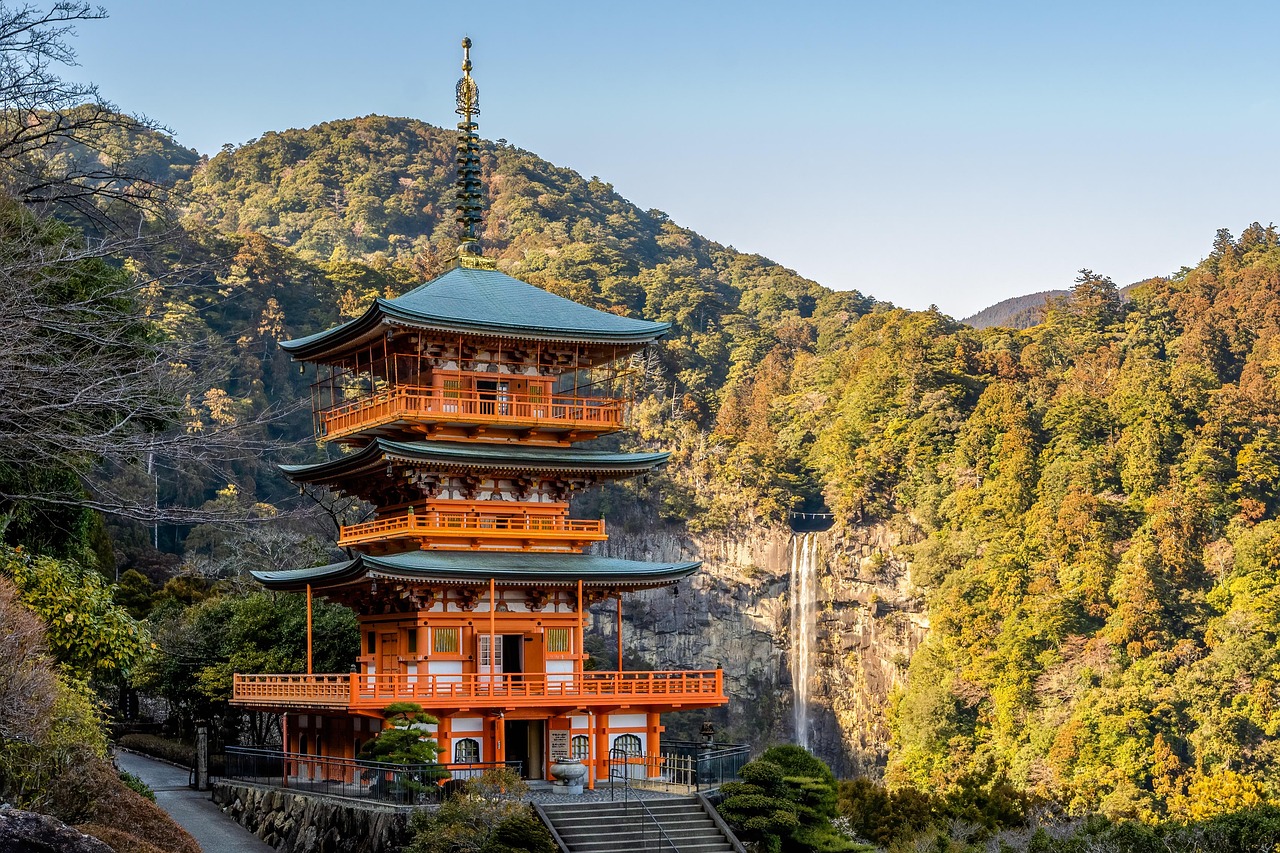
Visiting Temples
Japanese temples are sacred spaces, so stay respectful and follow the etiquette. If required, take off your shoes before entering a temple. Pay your respects by putting a coin in the offering box, bowing, and saying a short prayer.
Onsen Etiquette
Make the onsen experience serene for everyone with these tips. Leave your shoes at the entrance, shower before entering the pools, tie up long hair, and leave your phone in the locker room.
How to Stay Safe in Japan
Like anywhere else, pickpocketing and petty theft can happen, so be sure to keep your cash, passport, and other valuables secure in a crossbody bag or a zippered pocket. If something does go missing, head to a local police station (known as a “koban”) to file a report. You’ll need it if you make an insurance claim.
We also recommend keeping a list of important phone numbers handy: your insurance company, credit card provider, places you’re staying, your country’s embassy in Japan, and Japan’s emergency numbers (110 for police, and 119 for fire and ambulance). Jot them down on paper and back them up in the cloud, just in case.
Other Insider Tips for a Smooth Solo Trip
Timing can shape your entire Japan experience. Cherry blossom season (late March to early April) is breathtaking, with parks and temples draped in pink petals—it’s one of the most iconic times to visit. Golden Week (late April to early May) is a festive national holiday period when Japan comes alive with events, local travel, and cultural celebrations. It’s a busier time, yes—but if you book early and embrace the energy, it can be a fantastic way to experience Japan at its most vibrant. For snow lovers, Sapporo in February hosts the magical Snow Festival, with massive ice sculptures and a true winter wonderland vibe.
Finally, these few extra tips will help you make the most of your Japan solo trip.
Buy Travel Insurance
Insurance is a no-brainer no matter where you’re travelling. Medical insurance is a must for potential accidents and emergencies, while trip interruption insurance can give you peace of mind if you need to change your plans last minute.
Pack Light
Take the weight off your solo trip by keeping your luggage to a minimum. Oversized suitcases aren’t well suited for Japan’s compact rooms and tight train cars, so aim for something smaller if you can.
Use Luggage Transfer Services
If you have larger luggage and don’t want to lug it between cities, Japan has you covered. Use a luggage transfer service to get your luggage delivered from one place to another – just ask your hotel or local convenience store for “takuhaibin” services.
Learn Common Phrases
Learning a bit of Japanese can make a big difference on your solo trip in Japan. Using simple phrases like “sumimasen” (excuse me or sorry), “arigato” (thank you), “hai” (yes), and “īe” (no) can show your respect for the culture.
Learn to Write Your Name in Japanese
Some online reservation systems only recognize Japanese characters like katakana. Translate your name to katakana beforehand so you can make reservations for places like themed cafes.
Bring Some Cash
While credit cards are widely accepted in Japan, it’s a good idea to keep some cash handy for places like temples, some vending machines, and smaller mom and pop shops. Just avoid airport currency exchanges for their bad rates and high fees.
Pay in the Local Currency on Your Card
When paying by card, always select the local currency (yen) on the card machine. That’s because you’ll usually get a better conversion rate through your credit card company. Better yet, bring a credit card that has no foreign transaction fees.
Stay Open-Minded and Flexible
Perhaps the most important tip of all: keep an open mind, be flexible, and enjoy your Japan solo trip!
Related Articles
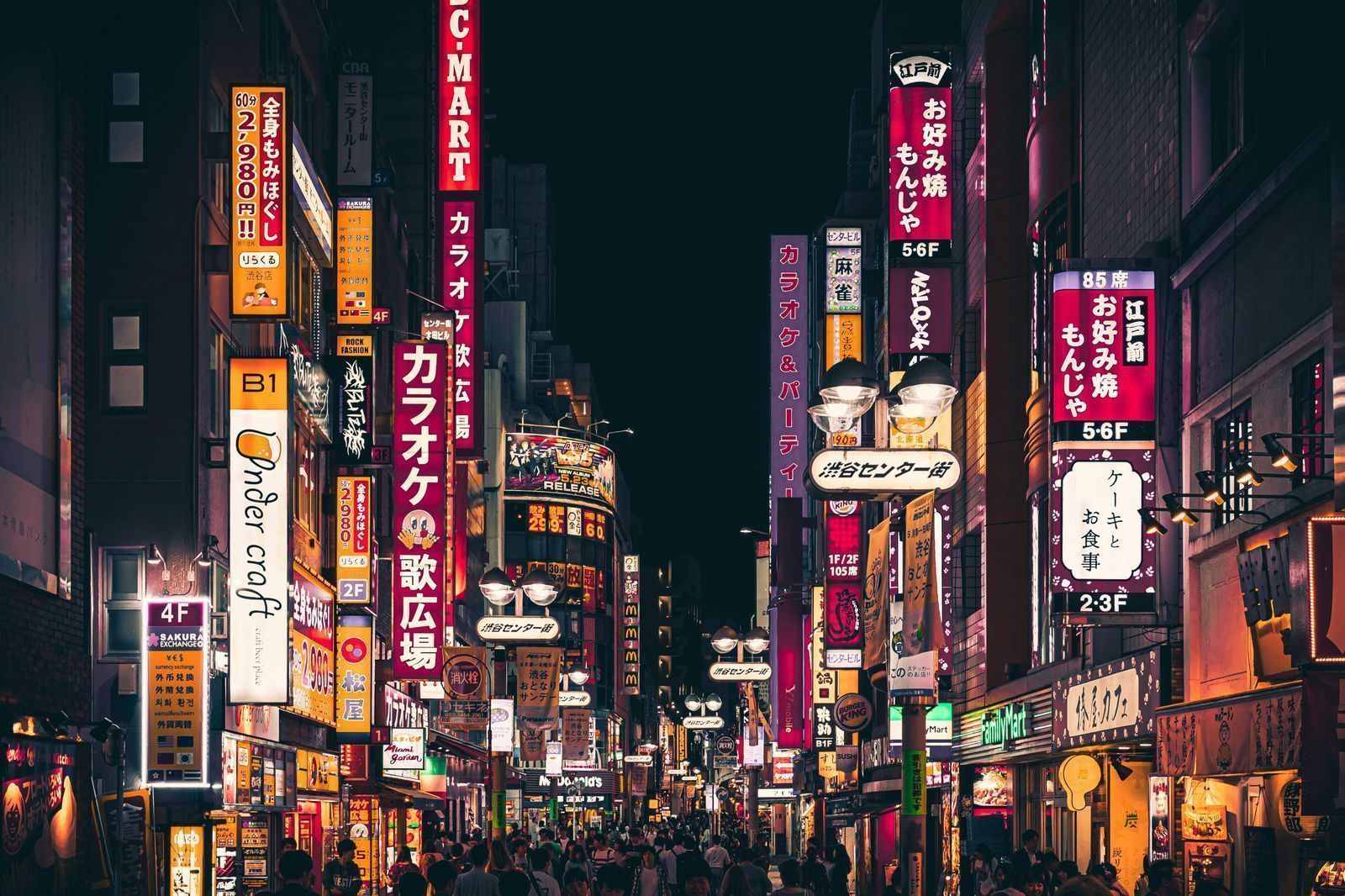 The Best eSIMs for Unlimited Data in Japan
The Best eSIMs for Unlimited Data in JapanStay connected in Japan with the best eSIMs for fast, reliable data. Find the right plan for your trip, whether it’s a few days or several weeks.
Read More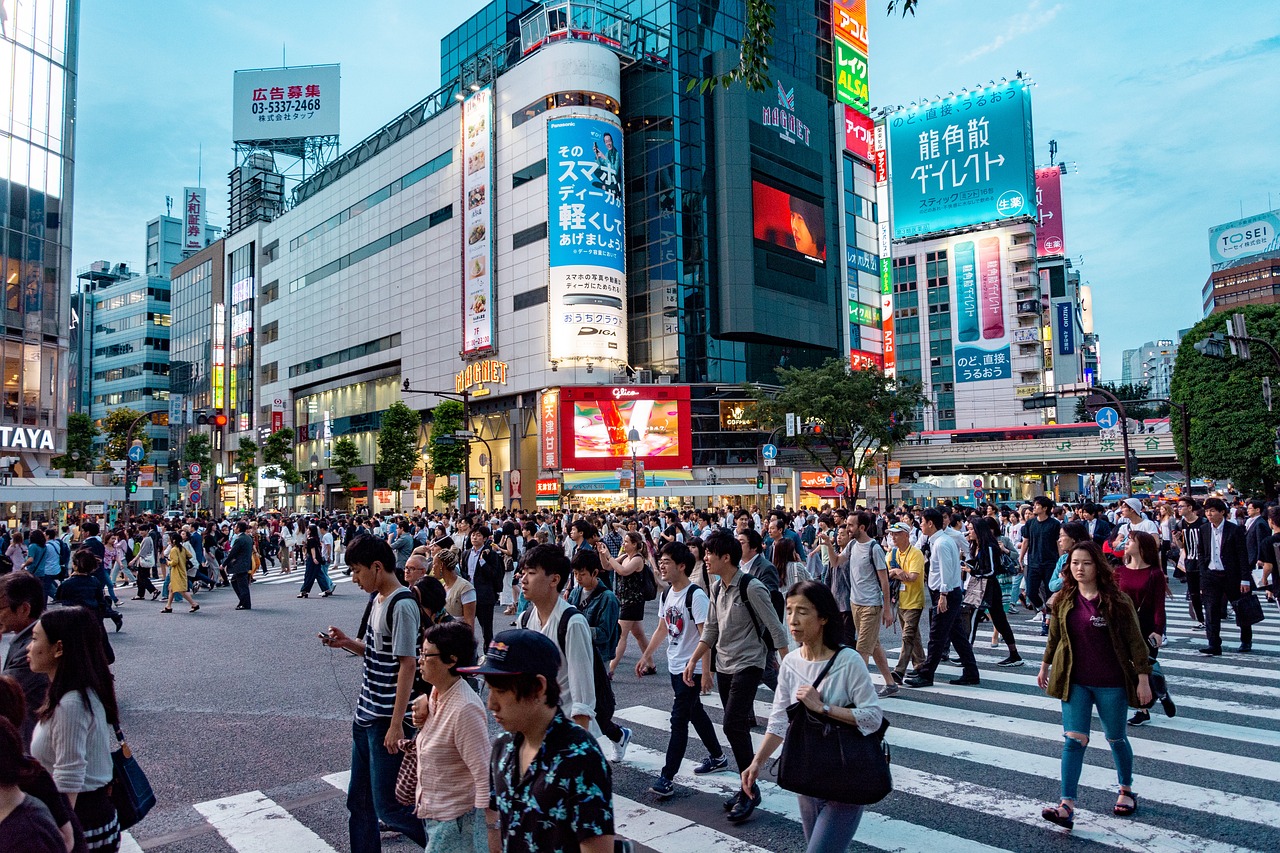 Is Japan Worth Visiting? Where to Go, What to Do & How Long to Stay
Is Japan Worth Visiting? Where to Go, What to Do & How Long to StayWondering if you should visit Japan or not? This Japan travel guide will answer that question for you & includes all of the best Japan travel tips.
Read More.jpg) How to get a Japan eSIM plan from AU Japan
How to get a Japan eSIM plan from AU JapanThis guide shows you how to get a prepaid Japan eSIM from AU Japan through Sim Local, with instant activation, full-speed local data, and no contracts required.
Read MoreGet your AU Japan eSIM from Sim Local before you head off
Get your AU Japan eSIM from Sim Local before you head off